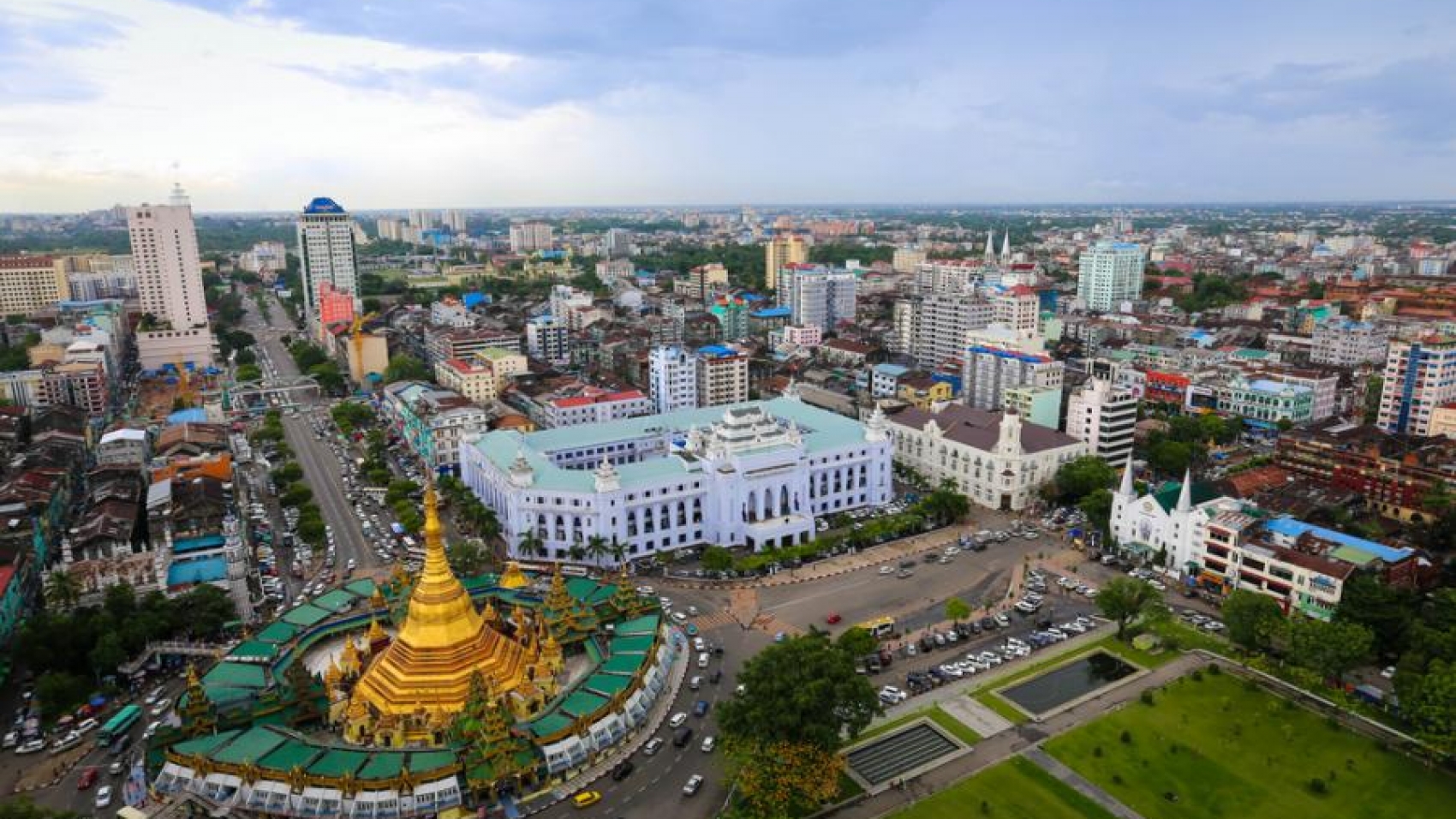The COVID-19 epidemic has significantly slowed Myanmar’s economic growth to 0.5 percent, with a new wave of regional outbreaks; Long-term impact on the global economy; Domestic financial sector uncertainty; The World Bank’s October East Asia and Pacific Economic Review, released by the World Bank in October 2020, states that risks remain due to the November 2020 election. From Restricted Control to Rehabilitation COVID-19 provides information on epidemic impact in developing countries in the East Asia-Pacific region. Restrictions have three effects: the impact on a country’s economy and the effects of the global economic slowdown.
In some countries, controlling the spread of the virus, the domestic economy may recover. But a region’s economy is heavily dependent on the rest of the world, and global demand is quiet. The region as a whole is projected to grow by 0.9 percent, the lowest rate since 1967, by 2020. The outlook for the region is to maintain a normal recovery by 2021; It is projected to grow 7.9 percent in China and 5.1 percent in other regions, given the return of core businesses and the availability of vaccines. However, the results for the next two years are expected to remain below pre-epidemic estimates. Outbreaks appear to be exacerbated by the pre-epidemic target of 2021 by 2021. Poverty in the region is projected to rise for the first time in 20 years. It is estimated that nearly 38 million people will continue to live in poverty or return to poverty due to epidemics.
In Myanmar, the COVID-19 epidemic slowed economic growth to 0.5 percent in the 2019-2020 fiscal year. This situation is also affecting the recent results of poverty alleviation. The recent slowdown in manufacturing; Investment in the power, energy and digital technologies sectors is expected to pick up as growth picks up. New wave of regional outbreaks; Long-term impact on the global economy; Domestic financial sector uncertainty; The ongoing conflict and the November 2020 election situation will continue to pose challenges. Kovis-19 is not only the poorest of the poor, but also the poorest of the poor. Regions are facing unexpected difficulties and governments are making difficult choices. But there are also clever policy choices that could ease such deals.
Source: Daily Eleven

